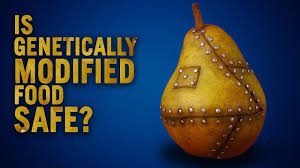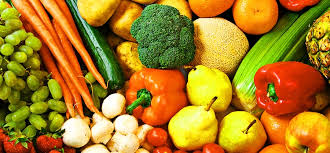19 natural salt alternatives

Every now and then, so many people get scared of the common table salt because it seemingly is a dreaded name when it comes to heart problems.
There are better options which alternate the sodium chloride with potassium chloride; but this alternatives might also pose a huge threat on the kidneys when abused.
Salt (whether potassium or sodium) isn’t bad; but the right balance between minerals is really important.
The right levels of sodium helps your muscles contract. They also help regulate fluid levels to prevent dehydration.
Adequate amount of potassium helps coordinate normal heart rythms.
Herbs and spices are the healthy go-to nowadays when it comes to seasoning foods; both local and intercontinental.
Lets take a look at a list of preferably healthier alternatives when it comes to seasoning.
1. Mint leaves
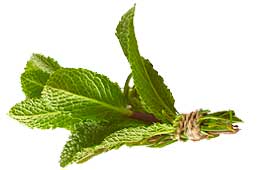
It has a bit of the menthol feel in the mouth.
- Uses: Great in salads, on pasta or in couscous. It’s tasty with carrots, peas or broad beans.
- Could also be used in smoothies.
2. Rosemary

- Taste: An aromatic herb with a pine-like fragrance. Use sparingly; it can overpower other flavours.
- Preparation: Roast whole sprigs with root vegetables (carrot, parsnip, sweet potato). If using dried rosemary, crush it first.
- Uses: Add to roast or grilled meats, bread, homemade pizza, tomato sauce, beans, potatoes or egg dishes.
3. Nutmeg
 Taste: Sweet and pungent flavour. Works well in baked foods with cinnamon and cloves.
Taste: Sweet and pungent flavour. Works well in baked foods with cinnamon and cloves.- Preparation: Freshly grated nutmeg has a much better flavour than ground.
- Uses: Add nutmeg with black pepper to homemade white and cheese sauces. It also adds warmth and flavour to homemade potato, cabbage and cauliflower soups.
- Could also be added to your local jollof rice.
4. Basil
 Taste: Sweet and peppery.
Taste: Sweet and peppery.- Preparation: Fresh basil retains more flavour and aroma than dried.
- Uses: Basil is traditionally used in Mediterranean cooking, in tomato-based pasta sauces, pizzas and bolognese. Use lemon, Thai and holy basil in South Asian and Thai dishes.
5. Cardamon

- Taste: A warm, aromatic spice.
- Preparation: Add whole cardamom pods to your dishes or use the seeds inside, either whole or ground.
- Uses: Commonly added to Asian spice mixes and curry pastes. Cardamom also works well in baked goods and sweet breads, with cloves and cinnamon, for a taste of Scandinavia.
6. Chilli/Cayenne
 Taste: Chillis vary quite a lot in strength, so add a little at first and taste your dish. Cayenne is a specific type of chilli.
Taste: Chillis vary quite a lot in strength, so add a little at first and taste your dish. Cayenne is a specific type of chilli.- Preparation: Chilli can be bought whole (fresh or dried), as dried flakes, powder, or as hot sauce. Chilli sauce may be high in salt (or sugar in the case of sweet chilli sauce), so stick to powder, flakes or whole chillies.
- Uses: It works well in most dishes, including vegetable or seafood stews or vegetable soup. Please don’t add too much of this pepper😢 so it wont end in tears.
7. Cinnamon
 Taste: Mostly used in sweet treats like cake and apple crumble, but works with savoury dishes too.
Taste: Mostly used in sweet treats like cake and apple crumble, but works with savoury dishes too.- Preparation: Sold as cinnamon sticks (grate or add whole to dishes like curries or stews) or ground.
- Uses: Cinnamon is an important spice in Turkish and Middle Eastern cooking, where it is used to flavour chicken and lamb dishes. Use it to deepen the flavour of cottage pie, curries, tagines, casseroles, roast vegetables, bolognese sauce or stewed fruit.
8. Chives
 Taste: Onion-like but less powerful.
Taste: Onion-like but less powerful.- Preparation: Snip the stems into food using a clean pair of scissors. Add to hot dishes at the last minute, as heat destroys its flavour.
- Uses: Great in mashed potato, casseroles, salads, baked potatoes, low-fat cream cheese, fish and poultry. Chive flowers are edible and look good too.
9. Coriander
 Taste: Coriander leaves have a distinct earthy and lemony flavour, while coriander seeds have a warm, spicy, citrus flavour when crushed.
Taste: Coriander leaves have a distinct earthy and lemony flavour, while coriander seeds have a warm, spicy, citrus flavour when crushed.- Preparation: Use coriander leaves raw or add to foods at the end of cooking. Coriander seeds are commonly used in Indian dishes. Fry them in a dry pan and add them whole or crushed.
- Uses: Add coriander leaves to salads, soups (eg carrot and coriander soup), salsas, curries and fish and chicken dishes, or combine it with lime and chilli in stir fries.
10. Dill
 Taste: Dill has a strong taste, often compared to fennel, star anise and celery.
Taste: Dill has a strong taste, often compared to fennel, star anise and celery.- Preparation: Use fresh rather than dried if possible – use the leaves only and discard the stem.
- Uses: Popular in Russian, Eastern European, Greek and Scandinavian cooking, dill is a welcome addition to cottage cheese, low-fat cream cheese, omelettes, seafood, steak, potato salad and cucumber dishes. Try adding dill to broad beans and rice and serve with koftas (made from lean minced meat), as found in Iranian cooking.
11. Cumin
 Taste: Earthy and smoky.
Taste: Earthy and smoky.- Preparation: Fresh cumin seeds, dry roasted and then ground, provide a richer flavour than cumin powder.
- Uses: After black pepper, cumin is the most-used spice worldwide. Goes well with indian and Mexican dishes.
12. Ginger
 Taste: Peppery, lemony and slightly sweet, with a sharp aroma.
Taste: Peppery, lemony and slightly sweet, with a sharp aroma.- Preparation: Buy ground or fresh (as a ginger root, which can then be chopped or grated).
- Uses: Ginger enhances sweet and savoury dishes. Fresh ginger can be grated into stir fries and curries during cooking, or sprinkled over meat before baking or barbecuing.
13. Oregano
 Taste: Oregano has a warm, aromatic, slightly bitter taste and a potent aroma.
Taste: Oregano has a warm, aromatic, slightly bitter taste and a potent aroma.- Preparation: Fresh oregano leaves can be chopped into foods or added whole.
- Uses: Popular in Greek and Mediterranean cooking. Use it to marinate meats, poultry and seafood before grilling, in egg dishes, breads, casseroles and salads. It’s also great in spaghetti bolognese and tomato salsas.
14. Paprika
 Taste: Paprika is milder and sweeter than cayenne pepper.
Taste: Paprika is milder and sweeter than cayenne pepper.- Preparation: Available as a red powder made from ground sweet and hot dried peppers.
- Uses: For a Hungarian twist, team paprika with caraway, coriander, cinnamon and dill. Combine with garlic for a Spanish flavour. Paprika goes well with lamb, chicken and fish dishes, on baked sweet potato wedges, or in beans or scrambled egg.
15. Parsley

- Taste: Has a mildly bitter, grassy flavour that does not overwhelm the other ingredients.
- Uses: Goes with roast lamb, grilled steak, fish, chicken, veg, potato dishes, omelettes, stuffing, soft cheeses, marinades, dressings, sauces and soups.
16. Sage
 Taste: From the Mediterranean coast, sage is like rosemary, with more lemon and eucalyptus.
Taste: From the Mediterranean coast, sage is like rosemary, with more lemon and eucalyptus.- Preparation: Best used fresh and in small amounts. Unlike some herbs, sage does not lose its flavour with prolonged cooking.
- Uses: Sage is traditional in Italian and French cooking, added to meats, poultry and stuffing, and is often chopped and stirred into pasta and gnocchi.
17. Tarragon
 Taste: Adds a distinctive, bittersweet liquorice-like flavour to foods, and has an aroma similar to star anise.
Taste: Adds a distinctive, bittersweet liquorice-like flavour to foods, and has an aroma similar to star anise.- Preparation: Tarragon should be added near the end of cooking time, as heat reduces its flavour.
- Uses: Native to Siberia and western Asia, tarragon is a key herb in French cooking. It goes well with poultry, fish, egg dishes, beef and vegetable soups. It can also be added to salad dressings.
18. Thyme

- Taste: A strong earthy, slightly minty flavour with a subtle aroma. Lemon thyme is another variety and goes well in soups and vegetable dishes.
- Preparation: Depending on the variety you’re using, thyme can be finely chopped or added as a whole sprig. Unlike most herbs, thyme needs a long cooking time to release its full flavour.
- Thyme:Thyme works well with other herbs like rosemary, parsley, sage, savoury and oregano. It can flavour most meats, including chicken and game (as a marinade or in a sauce) and is a tasty addition to roast vegetables. Pair thyme with paprika, oregano and cayenne pepper for Cajun cuisine, and with cinnamon, nutmeg and cayenne pepper for Caribbean meals.
19. Turmeric
 Taste: Has a distinctive yellow colour so is sometimes used as a cheaper alternative to saffron, although it tastes quite different.
Taste: Has a distinctive yellow colour so is sometimes used as a cheaper alternative to saffron, although it tastes quite different.- Preparation: Turmeric is an ingredient of curry powder and is in many South Asian dishes.
- Uses: For a hint of North Africa, use turmeric
- with ginger in meat and vegetable dishes, or flavour rice with it. A little turmeric goes a long way; as it cooks, its flavour intensifies.
It’s really a healthier option to stick to these herbs and spices whenever you’re cooking because they really don’t pose any health threats as they are natural.
A pinch of salt, with any of these herbs would still bring out the savoury taste of any local or intercontinental dish.
Source: https://www.bhf.org.uk/informationsupport/heart-matters-magazine/nutrition/herbs-and-spices

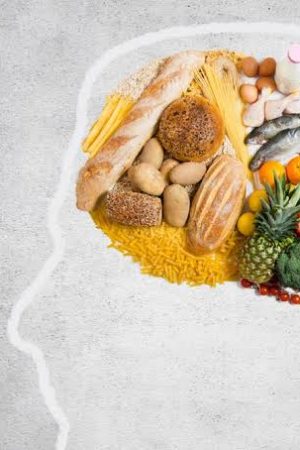
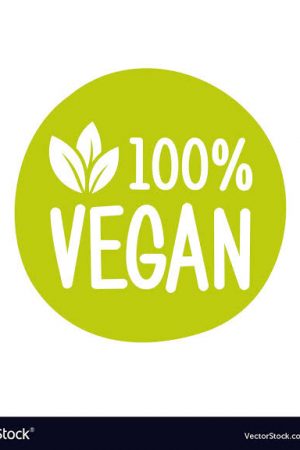



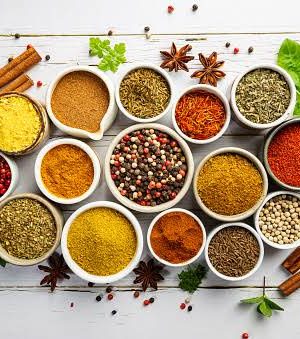
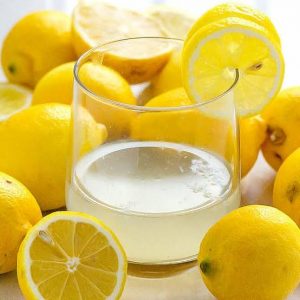 Lemon water might not be the magical drink that some make it out to be.
Lemon water might not be the magical drink that some make it out to be.








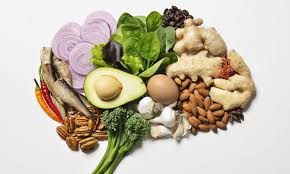

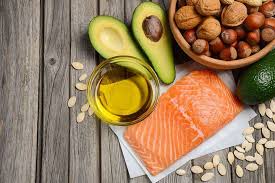
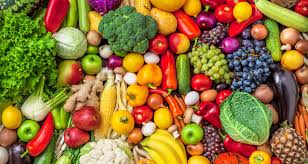

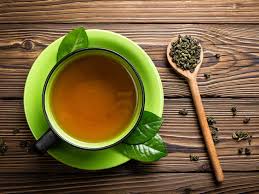
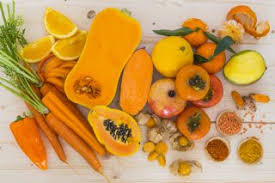
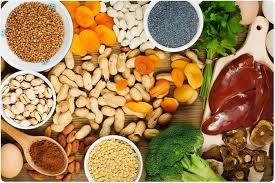


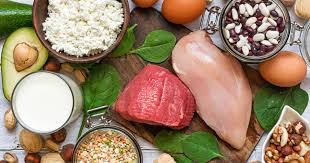




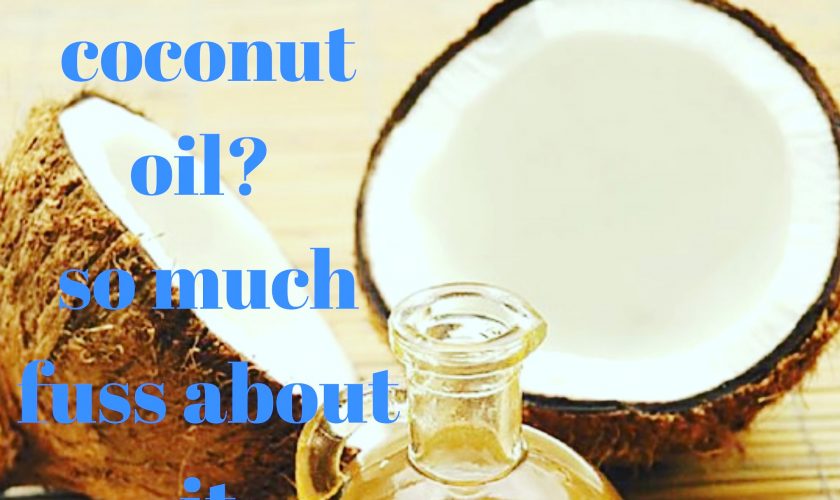
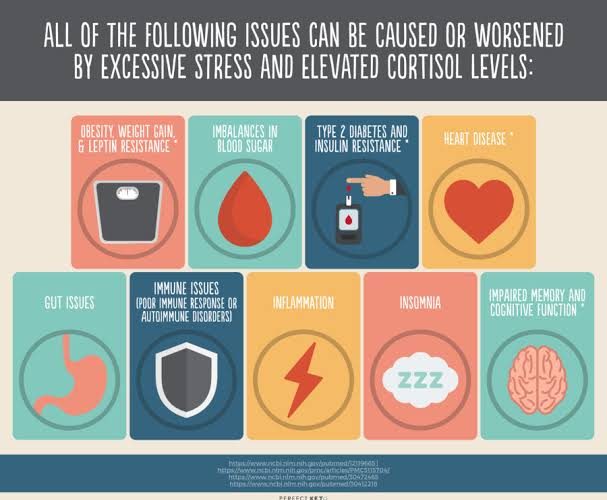
 One question, and it was noticed that Mrs. X was a workaholic.
One question, and it was noticed that Mrs. X was a workaholic.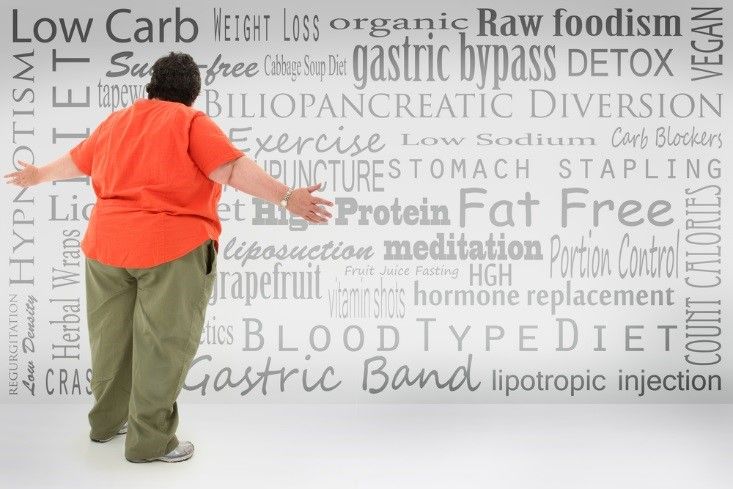



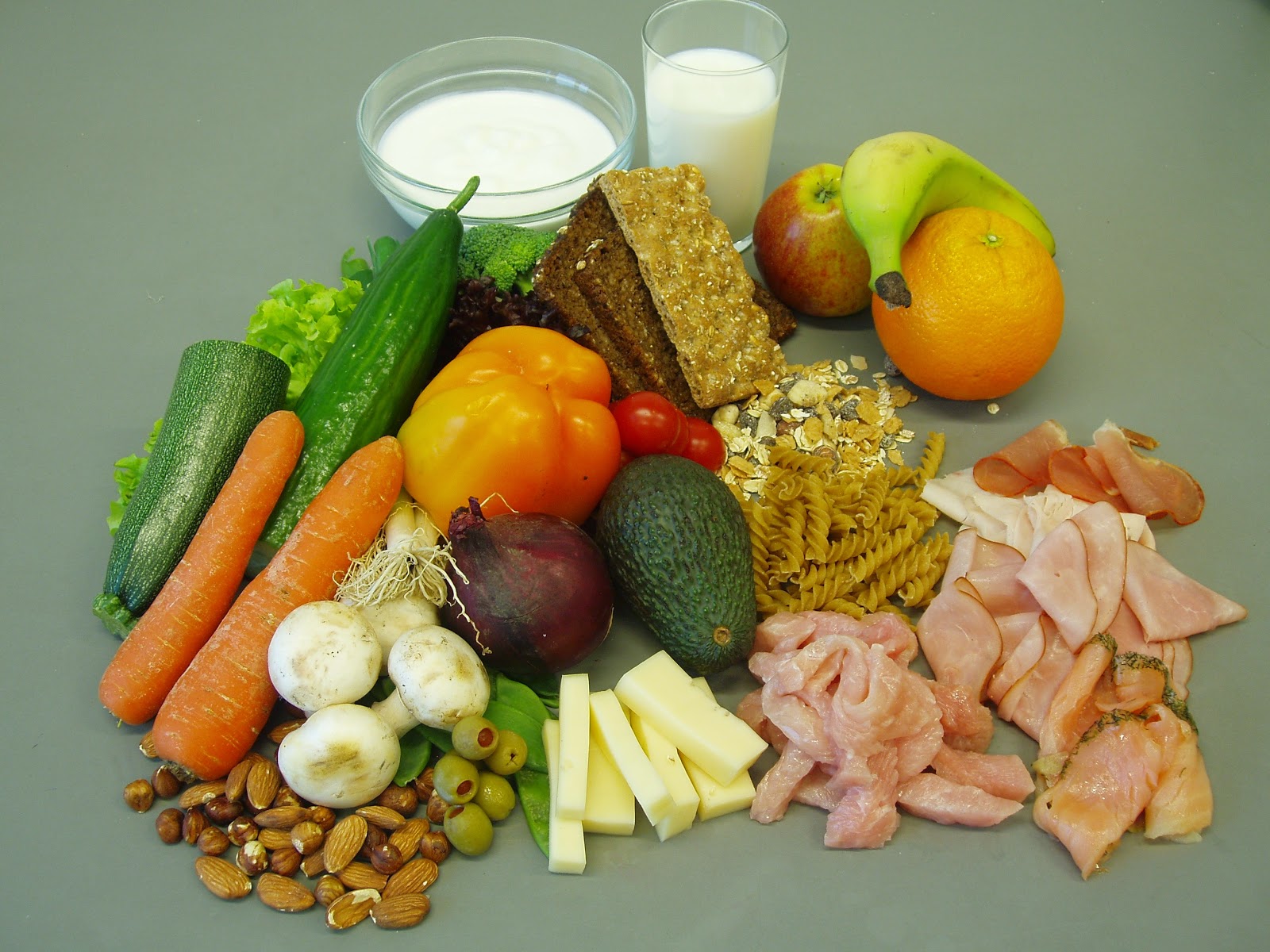



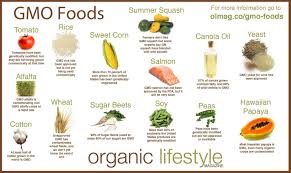
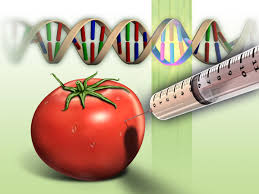

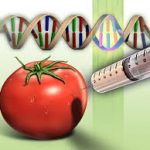 Genes transferred from Genetically Modified Foods to cells of the body or to bacteria in the gastrointestinal tract would cause concern if the transferred genetic material adversely affects human health. This would be particularly relevant if antibiotic resistance genes, used as markers when creating GMOs, were to be transferred. Although the probability of transfer is low, the use of gene transfer technology that does not involve antibiotic resistance genes is encouraged. All these hullabaloo and we still can’t cure cancer 🤦♂️
Genes transferred from Genetically Modified Foods to cells of the body or to bacteria in the gastrointestinal tract would cause concern if the transferred genetic material adversely affects human health. This would be particularly relevant if antibiotic resistance genes, used as markers when creating GMOs, were to be transferred. Although the probability of transfer is low, the use of gene transfer technology that does not involve antibiotic resistance genes is encouraged. All these hullabaloo and we still can’t cure cancer 🤦♂️